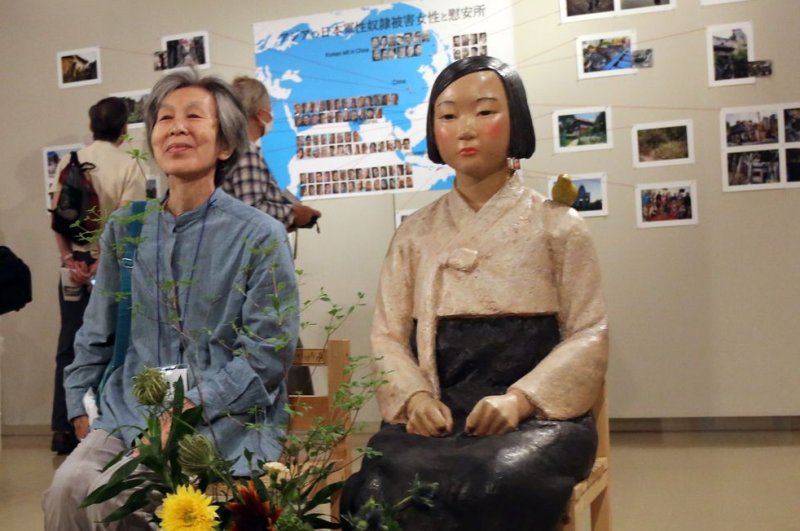People in U.S. with HIV have near-normal life expectancy, study says
By Cara Murez, HealthDay News
Testing HIV-positive is no longer a certain death sentence, and new research shows that Americans who have HIV today have life spans similar to those of their peers without the virus.
"In the early days of the AIDS pandemic, getting a diagnosis with AIDS was incredibly bad news and the prognosis for survival was really poor, and that's not true today," said lead author Jessie Edwards.
"Someone diagnosed with HIV in this day and age can be linked to care and receive highly effective treatment and feel confident that their survival outlook is actually very good," said Edwards, a research assistant professor at the University of North Carolina at Chapel Hill.
The gap in HIV/AIDS death rates closed dramatically between 1999 and 2017, especially after 2011, Edwards and her colleagues found.
RELATED Access to affordable drug therapy reduces HIV infections in men, study finds
They used U.S. federal statistics to examine death rates for close to 83,000 adults treated for HIV between 1999 and 2017 at 13 U.S. sites that were part of a North American AIDS collaborative.
Those folks were compared with a subset of the U.S. population without HIV matched by age, sex, race/ethnicity and home county.
Researchers were interested in learning whether people with HIV had higher death rates than folks in the general population in the years right after beginning treatment, Edwards said.
RELATED HIV/AIDS at 40: Progress has been plentiful, but vaccine still elusive
"This is a time and point that's really important for intervention for people living with HIV," she said. "This is a time when clinicians could make treatment decisions about what treatments they will prescribe, as well as how they will treat any other ... conditions that those patients have."
Researchers found that the difference in early death rates between people with HIV and the general population dropped over time -- the difference was 11 percentage points for folks who entered care between 1999 and 2004, and it fell to 2.7 percentage points for those whose care began between 2011 and 2017.
During the latter period, Edwards said, "people with HIV were only about 3 percentage points more likely to die over the next five years than their peers in the general population."
RELATED STD rates in U.S. rose in 2019 for sixth consecutive year, CDC says
And the situation was even better for young adults, the study found. Mortality rates for those entering HIV care between 18 and 34 years of age were only about 1 percentage point higher over the next five years than their peers in the general population.
While that's been a success story in some ways, Edwards said concerns persist.
"There's still this gap that remains even with the new guidelines and even with these highly effective drugs," she said, suggesting it points to future avenues for research.
In addition, the new study only explored changes in U.S. death rates. While there has also been progress in developing countries, Edwards noted that new drug treatments have not spread as rapidly there.
The findings were published this week in the Annals of Internal Medicine.
HIV is the virus that causes AIDS, a disease that weakens the immune system, gradually destroying the body's ability to fight infections and certain cancers.
It is spread most often through sexual contact; intravenous drug use; and from infected women to their babies at birth or through breastfeeding.
The first cases were reported 40 years ago, with AIDS-related deaths in the United States, peaking in the mid-1990s at more than 50,000 a year, according to an editorial accompanying the study. At that time, it was the leading cause of death for 25- to 44-year-olds.
Antiretroviral drugs to treat HIV can reduce the amount of virus in the blood to levels that are undetectable with standard tests.
Advances in antiretroviral therapy had contributed to the dramatic decline in death rates, said editorial author Dr. Marshall Glesby, associate chief of infectious diseases at Weill Cornell Medical College in New York City.
Drug combos are now easier to take, more potent and have fewer side effects, he said. And people are being treated earlier in the course of their infection.
But, Glesby said, concerns persist about age-related complications of HIV infection. About half of U.S. individuals with HIV are over 50.
He said it's also important to understand that the improved death rates reported in the study are really focused on people who are in treatment. Not everyone who has HIV is aware of it and many who have it are not receiving care, Glesby pointed out.
"That's important both from the perspective of the health of those individuals and also for the public health perspective, in terms of preventing transmission," he said.
COVID-19 has had an impact in the past year as well. Glesby said interruptions in the supply of antiretroviral drugs are expected to have a significant impact on HIV-related death rates.
Meanwhile, efforts continue to develop therapies that can be taken perhaps every six months or a year.
"There's a lot of effort being put into addressing concerns about adherence to antiretroviral therapy, which despite the simplification of regimens can still be a challenge for some people," Glesby said.
"I think that's another major focus of research is really trying to make it even simpler for people to be dosed with antiretrovirals," Glesby said.More information
The U.S. Centers for Disease Control and Prevention has more on HIV and AIDS.








